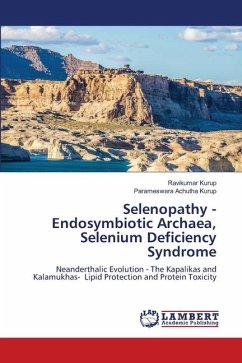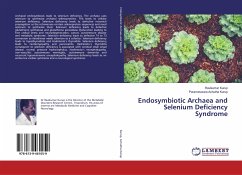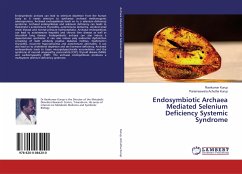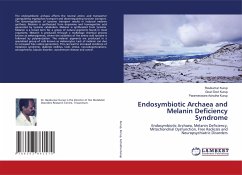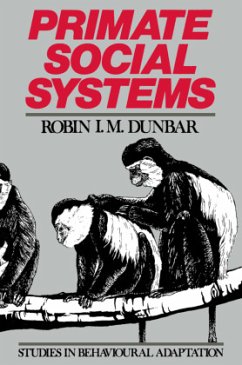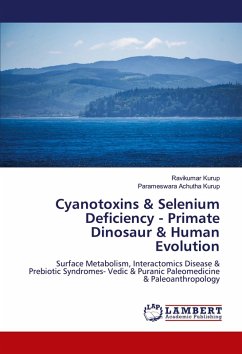
Cyanotoxins & Selenium Deficiency - Primate Dinosaur & Human Evolution
Surface Metabolism, Interactomics Disease & Prebiotic Syndromes- Vedic & Puranic Paleomedicine & Paleoanthropology
Versandkostenfrei!
Versandfertig in 6-10 Tagen
79,99 €
inkl. MwSt.

PAYBACK Punkte
40 °P sammeln!
Hydrogen cyanide gives rise to prebiotic synthesis of lipids, proteins, carbohydrates, porphyrins and nucleic acids which can all self-assemble to form self-replicating prions, viruses, lipid organisms and carbohydrate organisms. Hydrogen cyanide acts as an interactomic molecule which produces the primitive cell or nanoarchaea. They can form prokaryotes and eukaryotes which can evolve into primates. This substantiates the evolution of mammals from reptiles and the sequential evolution of egg laying dinosaurs to placental warm-blooded cortical bipedal dinosaurs and Homo neanderthalis. The Homo ...
Hydrogen cyanide gives rise to prebiotic synthesis of lipids, proteins, carbohydrates, porphyrins and nucleic acids which can all self-assemble to form self-replicating prions, viruses, lipid organisms and carbohydrate organisms. Hydrogen cyanide acts as an interactomic molecule which produces the primitive cell or nanoarchaea. They can form prokaryotes and eukaryotes which can evolve into primates. This substantiates the evolution of mammals from reptiles and the sequential evolution of egg laying dinosaurs to placental warm-blooded cortical bipedal dinosaurs and Homo neanderthalis. The Homo neanderthalis on hibernation evolved into Homo floresiensis and later Homo sapiens. The surface metabolism disease, interactomics disease and prebiotic syndromes due to cyanotoxins and selenium deficiency played a role in sequential evolution of primate dinosaurs, primate bats and primate humans as evidenced from Vedic and Puranic Paleomedicine and Paleoanthropology.






